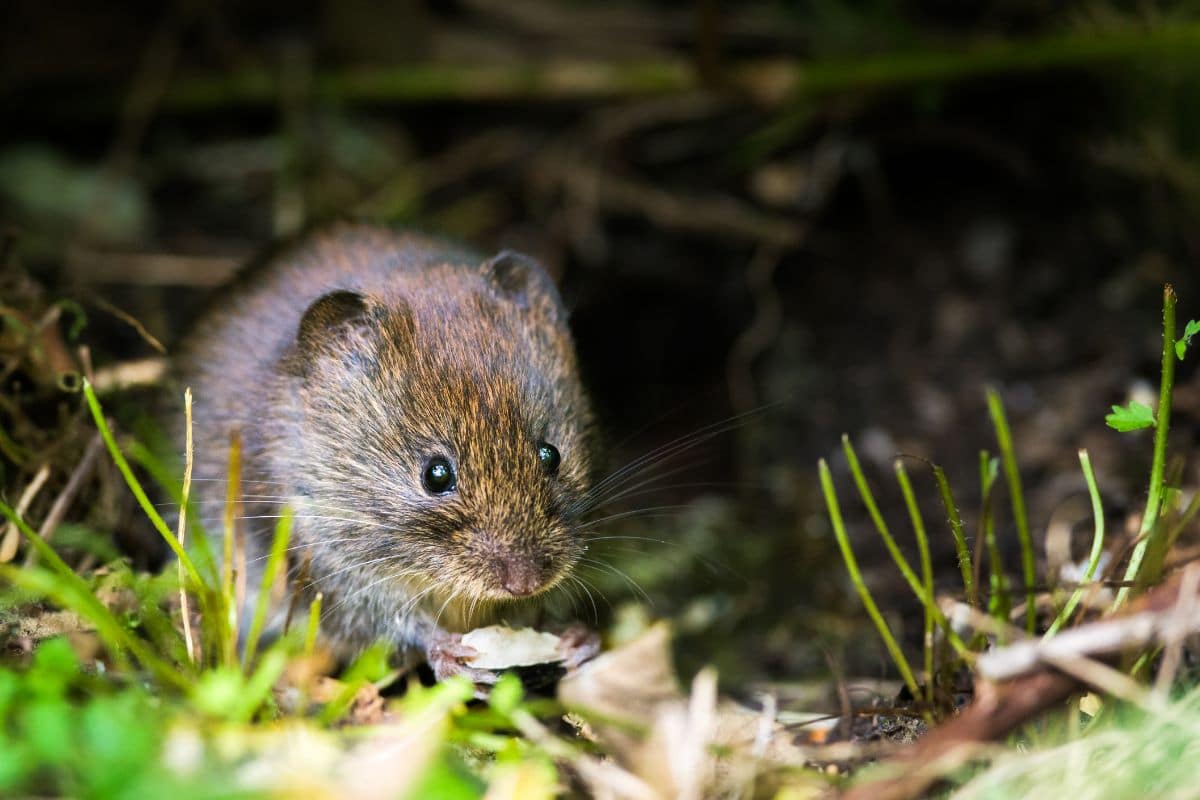
The virus appears to be common among Swedish voles. It is not yet clear whether it can also pose a risk to human health.
The researchers have dubbed the new coronavirus the ‘Grimsö Virus’. It is therefore named after the research station of the same name in the center of Sweden, from which the surrounding forests and living organisms have been studied for decades. The new virus that has now been found in the area belongs to the beta-coronaviruses, a genus that also includes the SARS-CoV-2 known to us all. The coronavirus, MERS, discovered in 2012 – which was responsible for an outbreak in the Middle East and South Korea that same year – can also be included.
Widespread
The new corona virus has been found among red voles, according to the magazine Viruses to read. And among that species it appears to be quite widespread as well. “Between 2015 and 2017, we found what we call the ‘Grimsö Virus’ consistently among 3.4 percent of these voles,” said researcher Åke Lundkvist. “That seems to suggest that the virus is widespread and common among Swedish rufous voles.”
The researchers tracked down the virus by capturing and testing 260 red voles around Grimsö over a period of several years. The RNA sequence of the detected coronaviruses was subsequently determined. And in doing so, the researchers came across a sequence that is still unknown to us.
Targeted Search
The fact that researchers are currently looking specifically for (new) coronaviruses can be well explained – certainly in view of the pandemic. One of the ways to prevent a coronavirus that has jumped from animals to humans from surprising us in the future is to map and monitor coronaviruses that live among animals. In this way we find out which viruses are circulating and which changes those viruses may undergo. And that in turn enables us to make an inventory of the risks and, if necessary, to take measures to reduce those risks.
vole
In the hunt for coronaviruses unknown to us, the Swedish researchers therefore set their sights on red voles. That is also a fairly logical choice. Rodents are known to harbor various zoonoses (infectious diseases that can spread from animals to humans). In addition, there are also indications that some coronaviruses – in contrast to the aforementioned MERS and SARS-CoV-2 – originate among rodents, such as rats and (vole) mice. For example, the seasonal coronaviruses HCoV-OC43 and HCoV-HKU1 appear to have passed from rodents to humans. In addition, rufous voles – one of the most common rodents in Europe – have previously been found to have several coronaviruses in countries such as Poland, France, Germany and Great Britain.
And now we can add the Grimsö Virus to that. Although the discovery of a new coronavirus – certainly in light of what we have seen happening in the past two years – may give us some fear, there is no immediate reason to panic. “We don’t yet know what potential threat the Grimsö Virus could pose to public health,” Lundkvist emphasizes. “However, based on our observations and previous coronaviruses found in rufous voles, there is ample reason to continue monitoring the coronaviruses in wild rodents.”
Source material:
†Newly discovered coronavirus common in bank voles” – Uppsala University